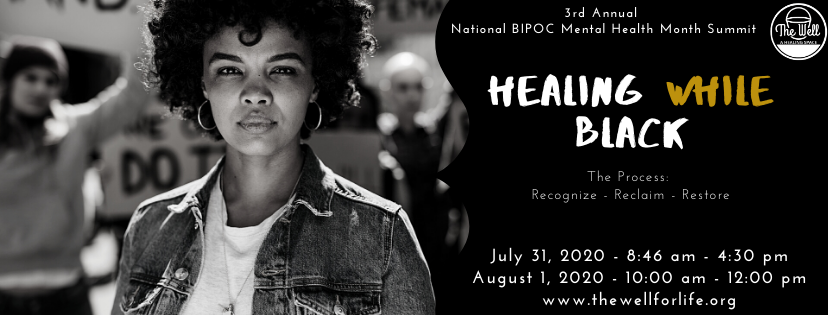Have you ever felt like you were the only one in the room who didn’t quite belong? Like the world was moving on, but you were in a space no one else could understand? Well, it is a feeling many experience. Isolation, whether it comes from societal rejection, personal struggles, or an inability to fit in, can feel like a prison of the mind. But what happens when the walls of that prison start to get narrow?
These are the questions that “The Blue Street Stories” by Arthur L. Jenkins tackles. The journey from isolation to acceptance is a common concept brought together throughout the story, as characters struggle with their own feelings of loneliness, exclusion, and ultimately, healing. So, what can we learn from their journeys, and how can these fictional stories offer real-world inspiration? Let’s step into the story and explore.
The Weight of Isolation
Isolation doesn’t just mean being physically alone—it’s the feeling of being cut off from the world, and disconnected from those around you because of who you are. In “The Blue Street Stories,” the characters deal with this emotional and psychological burden. For many, their identities as LGBTQ+ individuals in a society that doesn’t fully accept them become a source of isolation. This isn’t just a passing feeling; it’s an emotional struggle that can affect every aspect of their lives—from faith to family to friendships.
Isolation often sparks the beginning of a journey toward self-discovery. When you’re pushed to the edge, that’s when you find out what you’re truly made of. And in these moments, literature offers a ray of hope, showing that healing and acceptance are possible.
The Journey to Acceptance
One of the most important steps in the journey from isolation to acceptance is self-empowerment. In literature, we see characters recovering their sense of self, often in moments where they feel most vulnerable. These moments are like the aha moments in literature—where a character realizes that they don’t need the approval of others to feel whole.
In “The Blue Street Stories,” several characters begin their journeys in a place of deep isolation. For some, it’s the result of societal rejection. For others, it’s internal—a fear of being truly known and seen for who they are.
Self-Acceptance – The First Step to Healing
One of the most significant turning points in life is when you begin to accept yourself. Self-acceptance is often portrayed as the first step toward healing, as you realize that you no longer need to be what society expects you to be. It’s a freeing moment when you stop putting effort into external validation and start accepting who you truly are.
Community – The Power of Being Seen
While self-empowerment is key, literature also reminds us that healing often comes through relationships and community. In such stories, characters find comfort not just within themselves but in the relationships, they build. The journey from isolation to belonging is often marked by the creation of new families—whether through friendships, romantic connections, or chosen communities.
These relationships act as a support system, helping characters tackle the rough phases of life such as self-doubt and societal rejection. It’s a reminder that while isolation may be a lonely experience, healing is often a mutual one.
Healing – More than Just Recovery
One of the most beautiful aspects of “The Blue Street Stories” is that healing is portrayed as an ongoing process. Acceptance isn’t a one-time achievement, but rather a continuous journey. Characters who find acceptance must work to maintain it, especially in a world that can still be unacceptable to their identities and choices.
The Blue Street Stories by Arthur L. Jenkins
Are you ready to embark on your own journey of healing and acceptance? Get your hands on “The Blue Street Stories” by Arthur L. Jenkins and experience the powerful storyline of characters who rise from isolation to find hope, connection, and self-love. Whether you’re looking for inspiration or simply an interesting read, this book will leave you reflecting on your path to acceptance.
Get your copy today and start the journey!
Conclusion
Isolation may feel like the end, but in literature, it’s just the beginning of something much more significant. By going through the emotional effects of feeling cut off from the world, the characters show us that healing and acceptance are not only possible—they bring a huge change. Through self-empowerment and the support of relationships and community, they find their way from isolation to belonging.
